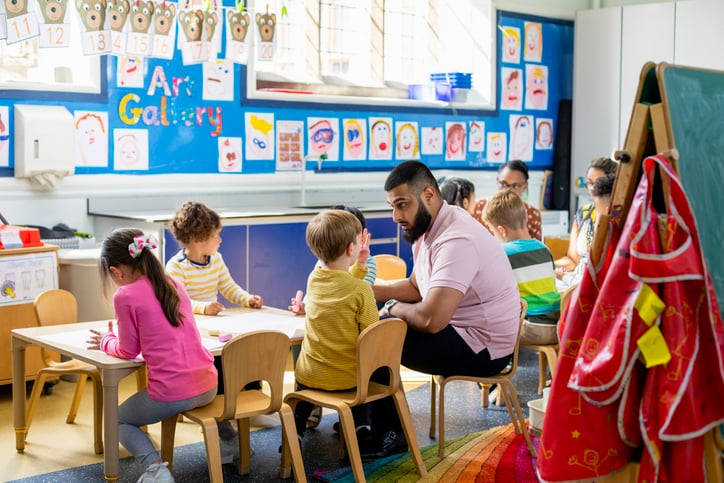Communication Difficulties: The Silent Barrier
This article is the first in our series on Key Root Causes of Disruptive Classroom Behaviors and How to Help
Classroom disruptions can often be traced back to underlying communication difficulties, especially in students with special education needs. When students struggle to express their wants and needs effectively, frustration can quickly escalate into challenging behaviors. As special education teachers, understanding and addressing these communication barriers is essential to fostering a positive and productive learning environment.
Supporting Students' Functional Language Development
One of the most effective ways to reduce disruptive behaviors is by helping students develop functional language skills. Functional language refers to the basic communication necessary to meet daily needs, such as asking for help, expressing preferences, or indicating discomfort. By equipping students with these skills, we empower them to interact with their environment more effectively, reducing the likelihood of behavior outbursts.
Implementing Structured Language Development and Visual Supports
A foundational strategy for enhancing functional language is to incorporate targeted language development curricula into daily lessons. The Language Builder Academic Readiness Intervention System (ARIS) is one such curriculum that has shown significant promise in this area. ARIS is specifically designed for students with autism and other language development challenges, offering detailed, structured lessons that progressively build language and communication skills. These lessons are not only easy to implement but also allow you to identify and target the unique needs of each student, so you can easily personalize the learning to target the language acquisition skills most critical for each student.
In addition to structured language development lessons, integrating visual supports can be a powerful tool in aiding communication. Visual aids, such as picture cards or communication boards, provide students with a tangible way to express their needs when vocalizing words is difficult. For instance, a student may be able to point to a picture that represents what they want, thereby reducing frustration and preventing potential behavioral issues.
Another key strategy is to create opportunities for communication throughout the school day. This can be done by embedding communication goals into routine activities. For example, during snack time, encourage students to request their food or drink. These natural opportunities for communication practice are crucial in reinforcing the skills learned during more structured lesson times.
Involving Families and Collaborating with Specialists
It's also important to involve parents and caregivers in the communication development process. Consistency between home and school can significantly enhance a student’s progress. Providing families with strategies and tools to support communication at home ensures that students have ample opportunities to practice and generalize their skills, further reducing the occurrence of disruptive behaviors.
Moreover, teachers should be vigilant in identifying and responding to early signs of communication difficulties. When a student is struggling, early intervention is key. Promptly implementing strategies like those identified above can prevent minor frustrations from escalating into more severe behaviors.
Finally, enlisting the help of the speech-language pathologists on your team to redouble efforts to work with students on language acquisition. Collaborating with speech-language pathologists can also help teachers stay informed about the latest strategies and best practices in this area.
By focusing on developing functional language and using evidence-based strategies, special education teachers can address one of the most common root causes of disruptive behaviors. This approach not only enhances the student's ability to communicate but also contributes to a more harmonious and effective classroom environment.
Want More Content Like This?
This article is part of a 6-part series “Root Causes of Disruptive Classroom Behaviors”. The other articles in this series include:
- Sensory Processing Issues: Navigating Overwhelming Environments
- Social Skills Deficits: Bridging the Interaction Gap
- Environmental Factors: Crafting Supportive Learning Spaces
- Strengthening the Student-Teacher Relationship as a Foundation for Positive Behavior
- Addressing Executive Functioning Challenges as a Root Cause of Disruptive Behaviors





